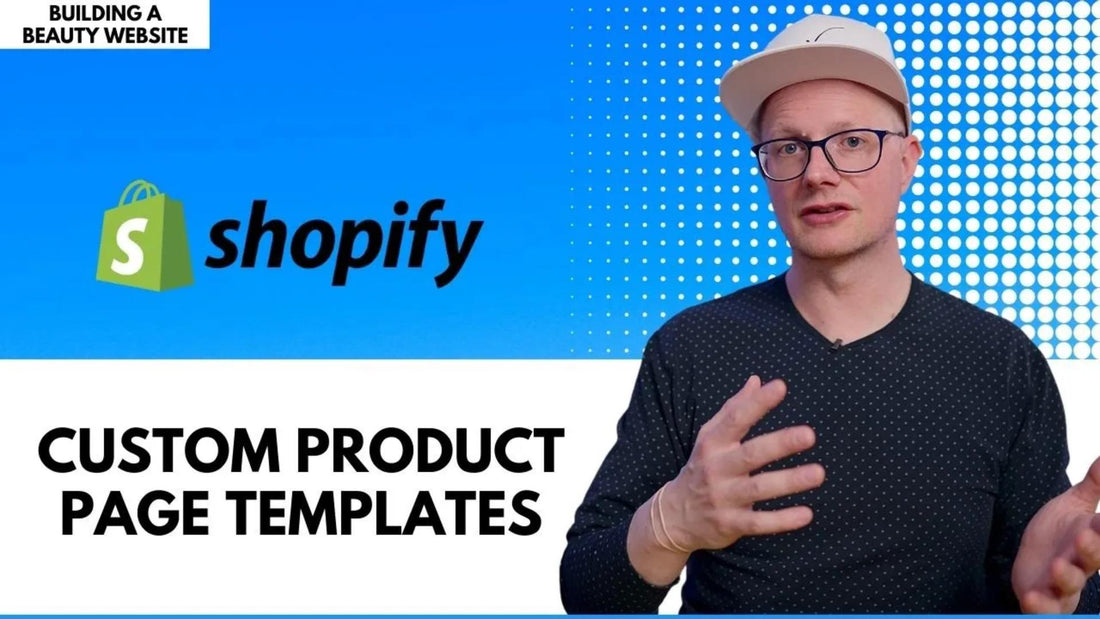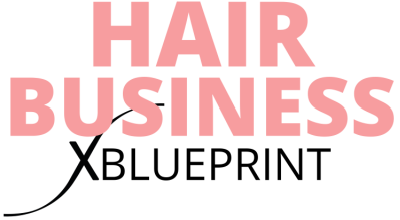
Building A Beauty Website: Custom Product Page Templates (PT 7)
Share
This is the last article in the Building a Beauty Website series.
I hope by this time you know the ropes around the tools.
Don’t get tired, this might be your way to change your life.
And don’t get worried, you will get your first sale, trust me.
In today’s article, we will customize product pages on Shopify that suit your product type, not just hair and cosmetic products, but this can actually be a bonus for those who sell digital products as well.
In the video, I demonstrate how I turned everything around to fit the website templates I sell on the Dropship Beauty website.
On a side note, these templates are now priced at $99.
My team customizes it to your desires pre-install the Dropship Beauty app, and import products for you, to start selling within 10 days.
Honestly, it’s super convenient.
Customize Product Page
You can do everything right, and this is where it all goes south.
Your product page is where you close the sale, it’s the final and most important meeting with your potential customers.
My trick to managing this is to make pre-designed templates that I can summon any time when a new product comes in.
To understand it better. If you’re selling hair bundles, your FAQ is going to be different than if you’re selling lash deals.
If you’re selling some digital products like these website templates, it wouldn’t require writing shipping terms.
So, the goal is to make a template for each product category and save it for future use.
This can be done by going to the theme and then choosing to customize the Shopify online store.
You will head to some product page, and above the announcement bar, you will find a dropdown menu with pre-designed templates.
We’re going to select products and then create a new template named after the category and make it based on the default product.
In the product editor, you can assign the product to your desired template in the online store section.
On the sidebar, we can make further adjustments to be saved as a template.
You can sort the functions and hide what you see as irrelevant.
For the website templates digital product, I hid the variant picker, the selling points, and the shipping information. And this gives it a plain and clean look.
Enhance Product Description
The next thing to do is to play around with the product description.
If you want you can make it appear like a tap that the customer should click on to view the content.
I don’t like that, honestly.
I like to write concise descriptions with a little spice from the brand's tone of voice.
Then I place it under the product itself, so, it doesn’t move down the add to cart button, if I placed it under the title.
Above the add to cart button, you can add some selling points in short sentences.
That way it doesn’t take much space, and if you need to talk thoroughly about the product for SEO reasons, you will have the freedom to do so.
Creating Frequently Asked Questions
In the full-width details, you can add a new block for the frequently asked questions.
For new customers who don’t buy hair that much or depend on the stylist to source and install their hair.
Some of them will need to ask about the product.
Simple questions like its purposes, applications, or the installing instructions.
You can lose customers if you ignore these facts.
I repurposed some of the old FAQs on the Dropship Bundle website for Dropship Beauty.
You can let ChatGPT assist you with that if you don’t have a grip on where to start and how deep to go with the questions.
The Approach Briefly
If you set this up right, your products will be consistent across the website and align with your brand.
You just need to know your products’ categories and make a template for each one.
Then enhance it according to your goals and needs. It’s simple, isn’t it?
